Biketoworkday is supported by its audience. When you buy through our links, we may earn an affiliate commission. Learn more
Written by Gary Johnson / Fact checked by Henry Speciale
Part of maintaining your bicycle is replacing its bike tires. Even though bike tires are made to be durable and long-lasting, there will come a time that you need to replace them. It will keep the overall performance of your bicycle at the optimum level.
But, how much does it cost to replace a bike tire? Depending on your bike needs, a bike tire usually costs from $15 to $150. The brand also affects the bike tire replacement cost.
Table of Contents
Bikes have specific bike tire requirements. For instance, you cannot install a small-sized tire to large bikes. The tire cannot accommodate the weight of the bicycle, making it hard to use on the road. Basic tires, which fit into commuting bikes, cost $30 to $40.
Road bikes, on the other hand, require compact and narrow tires. You normally use these on highways with flat tracks, so they do not require extra features for durability and do not cost as much. You can find road bike tires for $25.
For mountain bikes, tires showcase strength and resilience since they venture rocky and challenging terrains.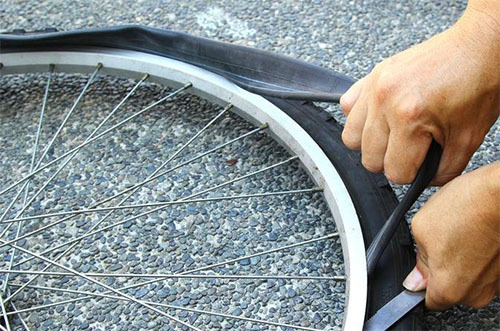 You use them for adventure cycling, thus, they also need to bedurable. You will find these kind of tires with prices from $80 to $150.
You use them for adventure cycling, thus, they also need to bedurable. You will find these kind of tires with prices from $80 to $150.
Then, you have the hybrid types, which usually cost around $50. Tires for children’s bike and BMX requiring small wheels are cheaper at $15 to $25.
2. Bike weightThe bike weight also affects your new bike tire cost. If you have heavier equipment, it is crucial you find tires that accommodates the bulky equipment. The tires must be resilient and durable. It must have strength and elasticity to withstand rough and hard terrains.
3. Bike qualityThe quality of the equipment has a direct affect on the pricing of the tires you need. When you are using a high-standard bicycle, more often than not, s a similar standard of bike tires is required. Quality increases the tire requirement as well as the cost.
Of course, choosing high-quality bike tires is ideal. Strong and durable tires can go a long way compared to low-cost ones.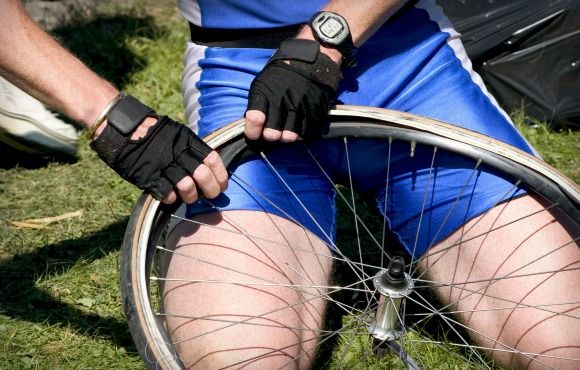 It is worth spending on premium bike tires given the longevity it provides.
It is worth spending on premium bike tires given the longevity it provides.
Oftentimes, brands correspond to quality. If you want to invest in bicycle tires, brands matter. You should select a good brand with outstanding reputation in the cycling industry. High-end brands offer warrant and after-sales service.

Like any other product, bike tires come with several features. Some products offer a good grip, strength and durability, high speed, and high mileage. The more features you want, the higher the cost.
6. SizeBefore replacing your bike tires, it is crucial to measure the bike rim size to know the cost to replace a bicycle tire. For a regular road bike, you can use a 700 tire as it can easily mount to 700c rims, which are normal for road bikes. If you are using smaller road bike or gravel bikes, go with the 650b tire size.
Mountain bikes normally use 27.5 inch tires or 650b size. You can also use 29 inch wheels depending on your preference. It is important that you conduct a brief research or ask a bicycle shop staff about the tire size needed for your specific bike type.
TPI or treads per inch is also an important factor to consider when buying bicycle tires. The TPI indicates the number of individual threads of nylon or cotton on the tire casing. If you choose a tire with lower TPI casings, you will observe fewer and thicker threads on the tire.
Meanwhile, tires with higher TPI casings usually have a greater number of threads with thinner features. Basically, most cyclists choose higher TPI bike tires because they provide a comfortable ride feel and has strong rolling resistance. However, compared to tires with lower TPI, they are sensitive and respond faster to punctures.
8. Rolling resistanceRolling resistance or Crr refers to the energy lost when your bike tire rolls across a surface or terrain. If you are constantly biking on hard surfaces, the tire will always be in contact with the road causing deformity.
Rolling resistance corresponds to factors like construction, rubber compound used for the tire thread, inflation, and width of both the tire and the tread.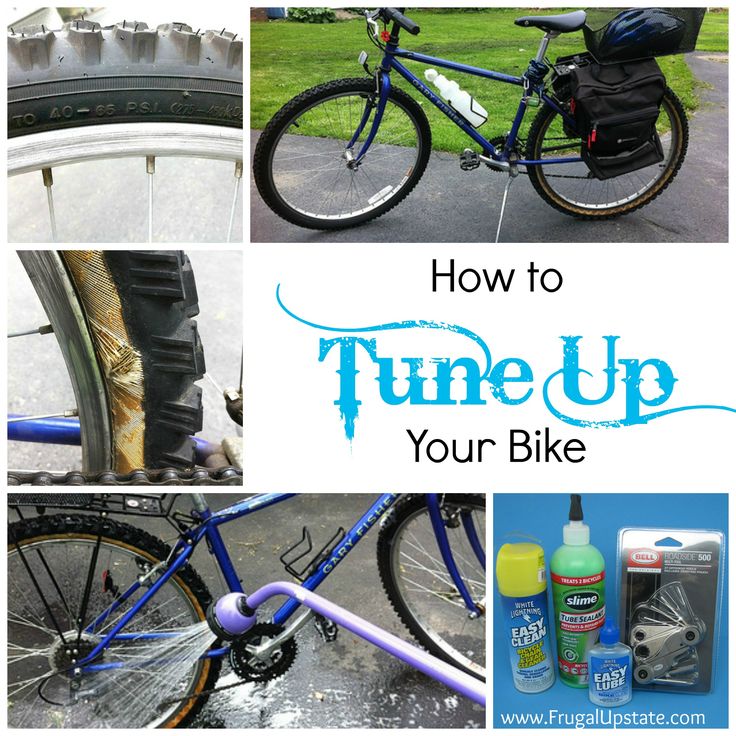 If your priority is rolling resistance, pick a bike tire with higher tread counts.
If your priority is rolling resistance, pick a bike tire with higher tread counts.
It has better rolling resistance compared to tires with lesser number of tread. For road bike use, a minimal tread count with flexible casing is sufficient.
To give you a clearer picture about the cost to change a bike tire, here is a simple price guide:
1. Low-end bike tireLow-end bike tires, typically manufactured in China or Taiwan, for replacement will only cost you $12 to $50 per pair. They are are only ideal for recreational purposes and cannot be used for road bike adventures. Since they are the cheapest kinds, quality can be compromised.
2. Mid-range to high end bike tireIf you have some cash to spend, and do not want to compromise quality, you can choose tires from this category. These can fit entry level mountain bikes. They are already durable and can last for a longer period of time with proper maintenance. These tires cost around $20 to $70 per pair.
These tires cost around $20 to $70 per pair.
For those heavily invested in cycling as a sport, you must pick the best quality bike tires. These typically cost $75 to $150 per pair. They are made by big bike brands and are made in Europe, Japan, or the United States.
They are the most preferred types of every bike athletes. These tires are made of premium quality materials, resilient, powerful, and durable. You can also expect the tires to last longer because they can withstand punctures.
Bicycle tire is a crucial element that can affect the performance of your bike. You have to pick the appropriate and most excellent bike tire for your equipment. Since there are a wide range of products available in the market, you can get confused about the right costing of a bike tire when you need replacement.
Since there are a wide range of products available in the market, you can get confused about the right costing of a bike tire when you need replacement.
Good thing, this guide on how much does it cost to replace a bike tire gives you the information on how to properly choose bike tires as well as the bicycle tire replacement cost. We also mentioned about the best brands for your reference.
Gary Johnson
“I ride my bike to work for years, but is that enough? Our carelessness towards our surroundings has taken a toll on the environment. And now, everyone is responsible for changes; even the most minor contribution is counted. With this hope and spirit, I started with my partner to establish Biketoworkday to help more individuals commute to their work sites on their bikes.”
Cycling Tips
Bike tires are one of the most important parts of a bicycle, and they can also be one of the most expensive. Depending on the type of bike and the type of tire, the cost of replacing a bike tire can vary greatly. Here is a look at the different factors that can affect the cost of replacing a bike tire.
Depending on the type of bike and the type of tire, the cost of replacing a bike tire can vary greatly. Here is a look at the different factors that can affect the cost of replacing a bike tire.
Based on the quality of your equipment, replacing a bike tire would cost anywhere from $50 to as much as $240. The initial cost is high but its a one-time expense that is going to last you for years and save you much money in the long run.
Table of Contents
| Name | Approximate Price |
| Bike Tires | $15 – $80 |
| Bike Inner Tubes | $8 – $20 |
| Screwdriver | $8 – $20 |
| Allen key/hex wrench set | $3 – $20 |
| Tire pump | $10 -$50 |
| Two levers | $5- $30 |
| Tire repair kit (Optional) | $8 – $20 |
| Total ( Approximate) | $57- $240 |
Once you have purchased the tools to repair your bike, all that is required in terms of cost are either new tires or tubes.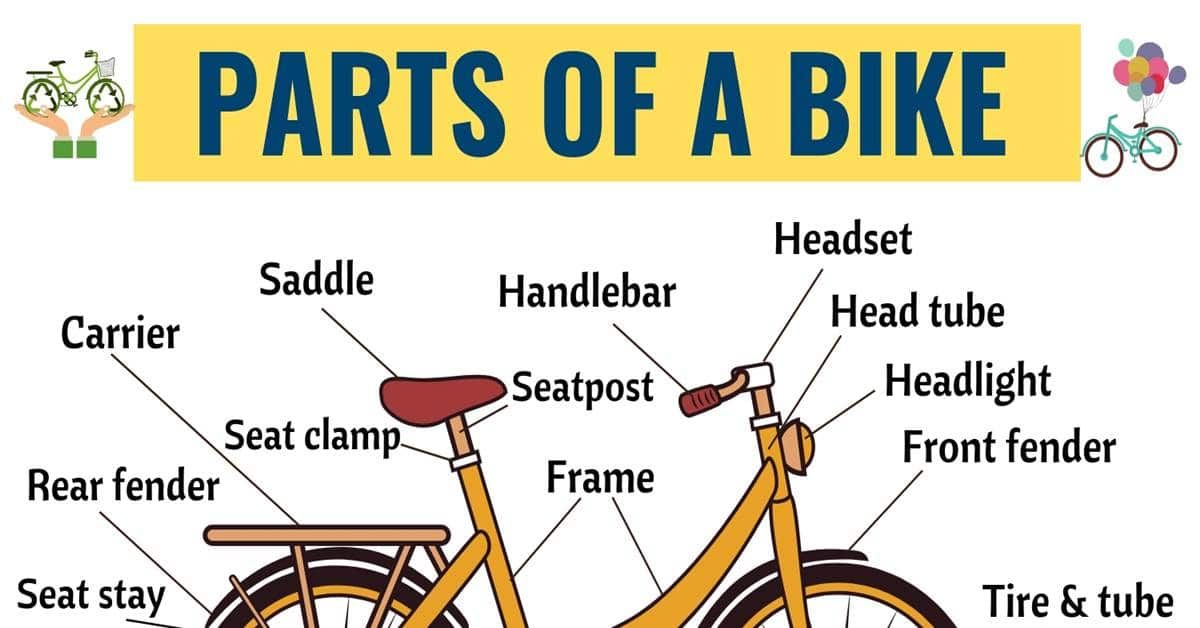 However, there are other cost considerations that should be taken into account, especially when you think about the expenses incurred in case of an accident.
However, there are other cost considerations that should be taken into account, especially when you think about the expenses incurred in case of an accident.
The cost of replacing a bike tire varies based on the type and quality.
For example, if you are using Schrader valves then it will be less expensive than with Presta valves. The choice between tubes or tubeless tires also influences the price point. Tubes tend to range from $50-$75 dollars, while tubeless can start at $100 for one wheel and go up depending on what type they’re buying.
For an average rider over rough terrain there should typically be no more than two sets of new bike tires in their lifetime – so replacement is going to happen eventually!
There’s not really any set time frames for replacement, but there are warning signs to look out for.
Tire treads can start to wear thin and the rubber starts to break down which means it’s not doing its job of protecting your bike or you from crashing on uneven terrain.
You may notice a sudden drop in air pressure without any explanation as well as noticeable cupping or wearing along the edges where contact with ground typically occurs.
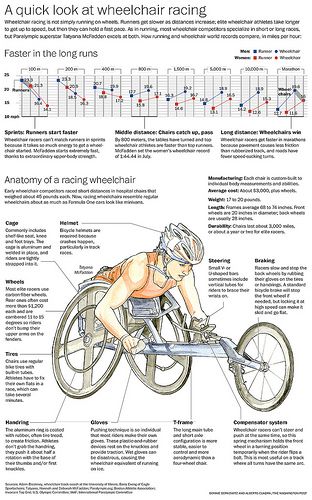
The following tools are needed for a one-person tire replacement:
If you don’t have any spare tubes with you When replacing tires on bikes that have rim brakes or derailleurs which may need adjustment after installation, it’s best to wait until after those adjustments before inflating your new tire.
There are many different types of bike tires available for your bicycle. Some of these include:
Tubeless tires – These tires have no tubes and are designed to fit over a rim without using air. They are also called tubeless ready tires.
Tube-type tires – These tires use tubes to hold air inside them.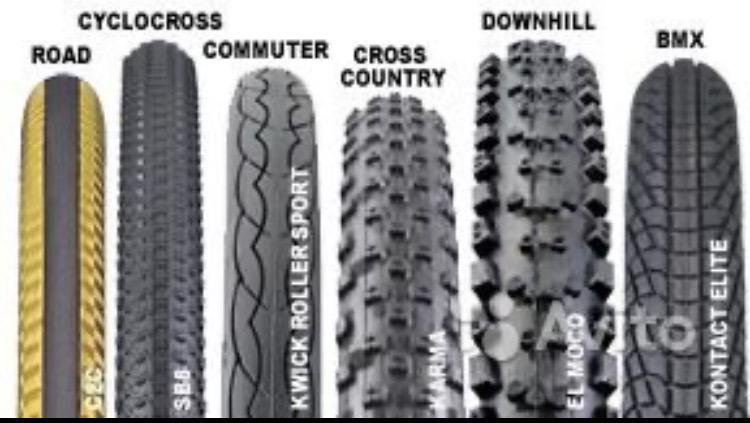
Clincher tires – These tires are made of rubber and have small knobs (called “clinchers”) on their sides
Road bike tires – These tires are designed for road bicycles and are generally wider than mountain bike tires.
Mountain bike tires – These tires were originally designed for off-road cycling but now they are commonly used on road bikes as well.
Cross country bike tires – These tires have tread patterns that allow them to grip better when going up hills and through rough terrain
Gravel bike tires – These tires provide traction on gravel roads and trails.
Freestyle bike tires – These tires feature large knobs that help the rider maintain control while spinning around at high speeds.
BMX bike tires – These tires resemble cross country bike tires but are smaller and narrower.
Kids’ bike tires – These tires come in various sizes and shapes and are designed specifically for children.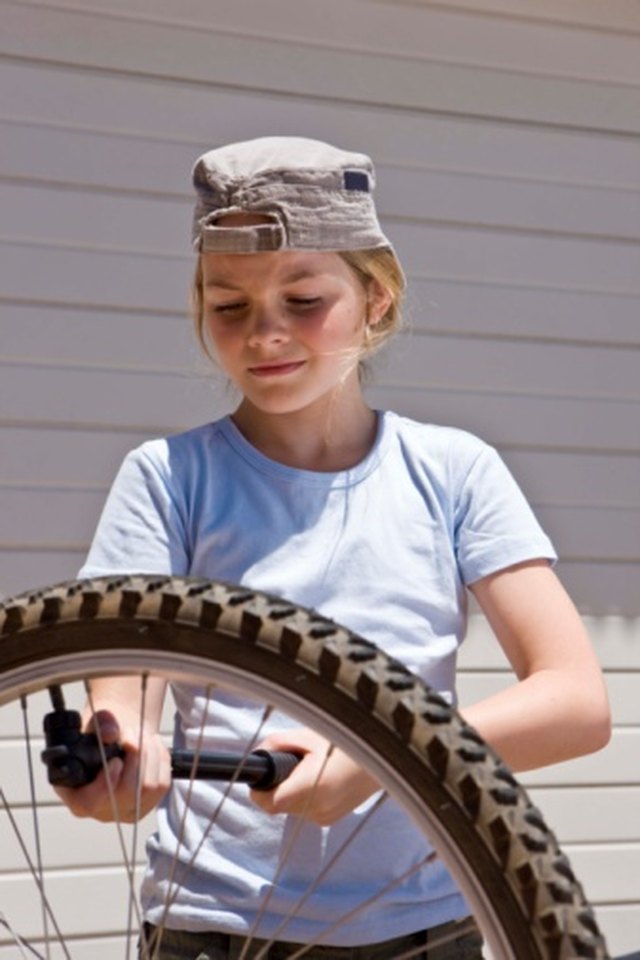
When it comes to choosing bike tires, there are a few things you need to keep in mind. You want to make sure that the tires you choose are the right size for your bike. You also want to make sure that they are the right type of tire for the type of riding you do. And finally, you want to make sure that they are durable and will last long.
The width of your bike tires must be appropriate for the rims on your bike and inflating them to the correct air pressure. The width of the tire affects how much contact it has with the ground, which in turn affects how much grip and traction you have. Wider tires also tend to be more comfortable because they absorb more vibrations from the road.
The tread on your bike tires is the part that comes into contact with the ground. It is what provides traction and grip, especially when riding on wet or slippery surfaces. The deeper the tread, the more grip you will have. However, deep tread can also make the tire heavier and slower. You’ll need to strike a balance between grip and speed when choosing your tire tread.
However, deep tread can also make the tire heavier and slower. You’ll need to strike a balance between grip and speed when choosing your tire tread.
There are many different brands of bike tires, and each brand has its own strengths and weaknesses. Some brands are known for making fast tires, while others are known for making durable tires. Do some research to find the right brand for your needs.
Some bike tires come with special features, such as puncture-resistant layers or reflective strips. These features can be beneficial, but they also add to the cost of the tire. Decide whether you need these features or if you’re willing to pay extra for them.
Rolling resistance is the force required to keep a tire moving forward. It is affected by the width of the tire, the tread, the pressure, and the material. Wide tires with deep treads will have high rolling resistance, while narrow tires with shallow treads will have low rolling resistance.
TPI stands for “threads per inch” and is a measure of the density of the threads in the tire. The higher the TPI, the more densely packed the threads are, and the smoother the ride will be. However, high TPI tires are also more susceptible to punctures. Choose a tire with a balance of durability and comfort.
it is important to know how much it costs to replace a bike tire before getting on the road. This will help you be prepared in case of a flat and know how to budget for future repairs. With a little practice, you can change a bike tire yourself and save even more money. So get out there and enjoy the ride!
It depends on how much riding time it gets! The average lifespan lasts about one year before needing replacing again.
Yes, bike tires can go bad. How long a tire will last depends on the type of terrain it’s ridden over and how well it is maintained.
The average price for a bike tire ranges from $15 to $70. It will depend on the type of equipment required and where you are going to have the tires replaced.
Replacing a bike tire is not an easy task. It requires the right tools and equipment to complete this project, so if you are unsure about what to do, take your bike into a bicycle store.
Yes, you can replace tires on a bike
You can find out if your bike needs new tires by taking a look at the tread on the tire. If there is visible wear, then it is time to get new tires. If your bike has good tread and is still riding well, it means that it doesn’t need new tires and you should continue using them until they start wearing down more than usual.
If you have a puncture, it is always best to replace the whole tire because if the tube is not in good condition, there is a chance that it could leak air and cause more damage.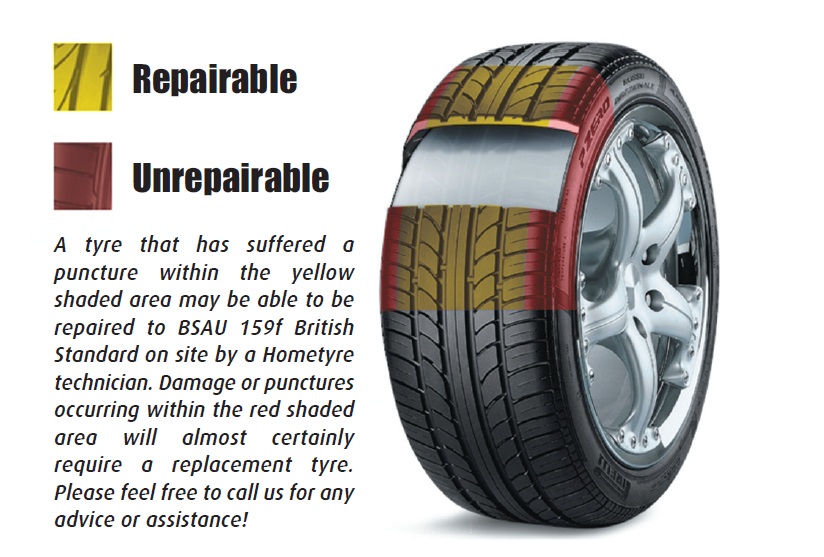
Content
Bicycle tires affect the behavior of a bicycle on the road more than any other other other other than any other other detail. Not only riding comfort, but also the safety of movement, especially on wet roads, depends on the quality of bicycle tires. It is clear that the higher the quality of the rubber, the more expensive the tire is.
When choosing a tire for a bicycle, it is important to consider the following factors:
Bicycle tires can be made from rubber or a composite material, the so-called compound. Rubber has better traction, but wears out faster. The constituent substance of the compound is often silicon. For the same price, a compound tire will have better durability than a rubber tire. You can distinguish a new rubber product from a composite by touch by rubbing a dry finger with force over the surface ─ clean rubber will rub and creak.
Rubber has better traction, but wears out faster. The constituent substance of the compound is often silicon. For the same price, a compound tire will have better durability than a rubber tire. You can distinguish a new rubber product from a composite by touch by rubbing a dry finger with force over the surface ─ clean rubber will rub and creak.
Rubber as a material is obtained by adding a filler to rubber and then strengthening this compound with sulfur contained in soot by vulcanization. The worst quality rubber has the most filler.
Bicycle tires may be natural or synthetic.
When buying a tire, you can quickly check it.

To clearly understand what the numbers marked on the rubber mean, you need to understand the internal structure of a bicycle tire.
1. The tread is part of the outer skin of the tyre. It is divided into a treadmill in the middle and side lugs. It is the pattern and depth of the tread that determines the place of operation of the bicycle.
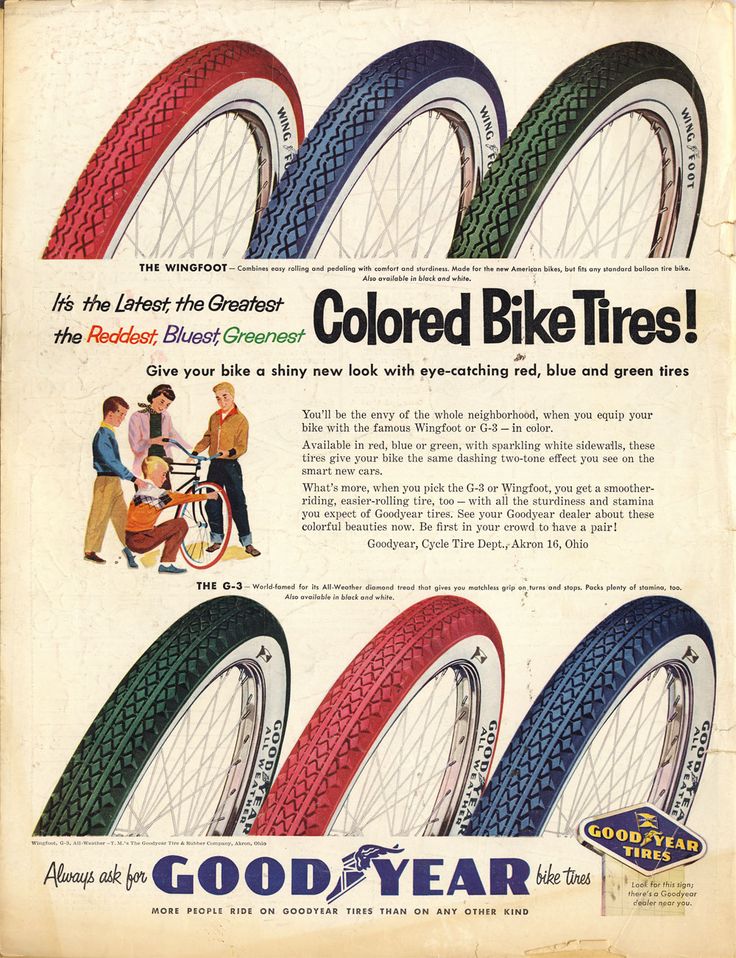
2. Cord - the carcass that gives shape to a bicycle tire. It is woven from nylon or other synthetic threads. The higher the weave density of the tire, the harder it is. In other words: the higher the TPI (EPI) value ─ the number of stitches per inch of length, the more effectively the tire resists punctures. The weave density of most budget tires ranges from 24 to 67 TPI. For road tires, this figure is 60-130 TPI. In racing monotubes, this value reaches up to 320 TPI.
Cheap tires for bicycles have a low weave density, and often the lack of strength of the tire is compensated by the increase in the thickness of the rubber on the tread and beads, which naturally adds weight.
3. Beading cable ─ clamp that holds the tire on the rim. It is twisted from steel wire or Kevlar threads. The most common bike tires with a steel bead cable, which are called clinchers.
Tires with Kevlar threads can be compactly folded like an accordion, which is why they are called folding (folding).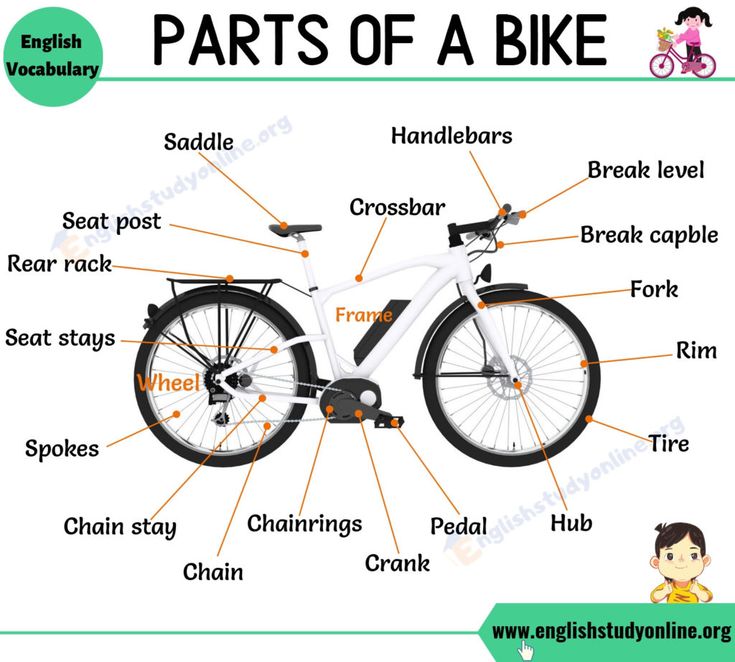 They weigh about 100 grams less, but also cost more.
They weigh about 100 grams less, but also cost more.
Folding bike tire for BMX bikes Tire PP Ft 20x2.25
4. Tire beads ─ a layer with increased wear resistance. Depending on the cost and purpose of the bead, there are two types:
The tread pattern and height determine which type of bicycle tire belongs to. The deeper the tread, the more grip on any road surface. Tires with deep negative tread experience high rolling resistance.
1. Slick - tires without a tread. They can only have shallow drainage grooves. When riding slicks, you need to be careful when braking on muddy or wet roads.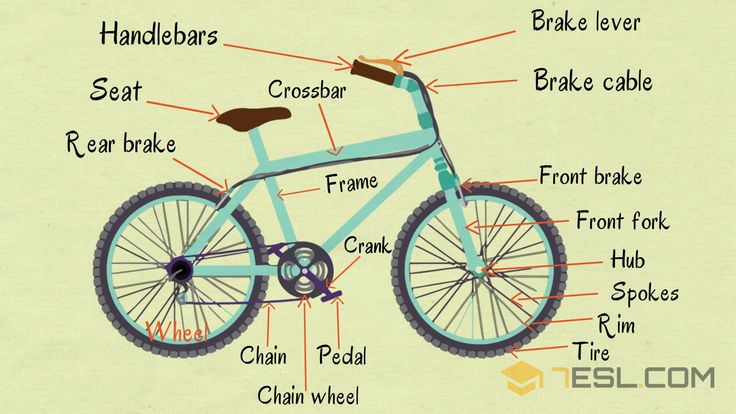
Slicks are ideal for driving on tarmac and racing tracks. Their main advantage is the absence of vibration when the wheel is rolling, and, as a result, a higher speed can be developed on a bicycle with such tires.
Road slick Schwalbe Speed Cruiser HS 321 28x1.20 (700x30C 30-622) on the right and more embossed Schwalbe Big Apple 24x2.0 (50x507) for city trips on the left wet pavement, because it is very soft. But the tire quickly wears out ─ if you slow down sharply, you can tear it to the cord over the summer.
The Schwalbe Big Apple universal bike shoe has a puncture-resistant Kevlar layer. Embossed, but shallow tread allows this tire to be used on both the front and rear wheels.
CST City Classic Slik is a universal slick for road and city conditions. Bicycle tires with the CST marking are of excellent quality, they are produced by the reputable Chinese company Cheng Shin Rubber. These tires will last at least three seasons without visible signs of wear.
Universal tire without tread CST 26x1.90 Slik
These tires are suitable for driving on dirt roads in the style of cross-country and off-road in dry weather. In general, semi-slicks can be chosen for cycling.
The Schwalbe Sammy Slick Folding Tire is suitable for city and park riding on a mountain bike. According to the structure of the tread, it belongs to the semi-slick.
Schwalbe Sammy Slick Folding 26x2.1 inch semi-slick tire
Schwalbe Hurricane mountain bike tire ─ the ultimate semi-slick. It has a quiet, and most importantly, fast running on asphalt and provides reliable grip when leaving on the sand.
Schwalbe Hurricane Tire 26x2.00
3. Mountain bike tyres, so-called mud or gravel tyres, have a negative tread for better grip on soft ground, gravel, sand or snow. Please note that these tires are not designed for long journeys on paved roads.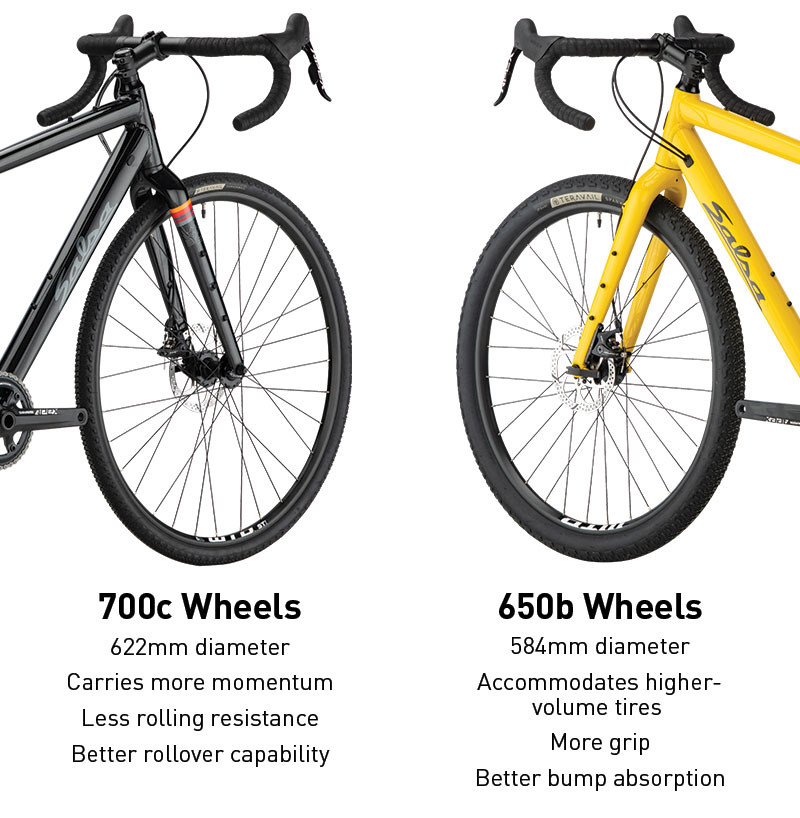 In addition to the fact that they will wear out quickly, their high lugs will make it difficult to move.
In addition to the fact that they will wear out quickly, their high lugs will make it difficult to move.
Schwalbe Racing Ralph tubeless folding tire is a mud tyre. It has a good combination of rowing lugs on the sides and a rolling track in the middle. This bicycle tire is universal both for the forest and for the city.
There is a more expensive modification of it with the Evolution index, which is 100 grams lighter, and it is positioned as a racing tire.
Schwalbe Racing Ralph Tire. Available in sizes: 26x2.10, 26x2.25, 27.5x2.10, 27.5x2.25, 29x2.10 and 29x2.25
The Continental Race King – Race Sport mud tire is a direct competitor to the outgoing model. It can also be folded like an accordion thanks to the soft safety cable. It rolls just as well on pavement and doesn't lose grip in sand and mud.
Continental Race King – Race Sport Bicycle Tire. Available in four sizes: 26x2. 0, 26x2.2, 29x2.0, 27.5x2.2
0, 26x2.2, 29x2.0, 27.5x2.2
4. Rubber for a crossover or city bike has a treadmill in the middle formed from sufficiently high lugs. These tires are universal for traveling on smooth asphalt and for driving on dry dirt roads.
The so-called Continental Grand Prix 4 Season training rubber is highly durable thanks to reinforced carbon fiber sidewalls. As the name suggests, it can be used all-season as it is made from a hard-wearing yet soft compound. This tire can be recommended to road riders who often drive on broken paved roads, because it can withstand simply enormous loads.
Continental Grand Prix 4 Season All Season Road Tire. Available in the following sizes: 700x23, 700x25, 700x28
Colored tires always look great on road bikes. Although now tires in bright colors are also installed on mountain bikes in order to diversify their appearance.
The bright color of a tire is by no means an indicator of its quality. Familiar to many cyclists, the manufacturer Kenda from Taiwan uses a high-quality wear-resistant compound with the SBC marking for the manufacture of colored tires.
Familiar to many cyclists, the manufacturer Kenda from Taiwan uses a high-quality wear-resistant compound with the SBC marking for the manufacture of colored tires.
Colored Kenda K191 Fixed Gear Bike Road Bike Tires, size 700x23
5. Winter bike tires are made from a soft compound and some models are also equipped with studs. Studded tires are only needed for driving on icy roads to brake and turn on ice.
Winter tires, studded with four and two rows
6. Tubeless tires have a bead cable woven from Kevlar threads, that is, they are folding. They are mounted on special rims with high sides. With the help of anaerobic adhesive ─ sealant, additional sealing is performed.
The use of tubeless tires allows you to slightly reduce the weight of the bike, as you can tilt the tube. And their main advantage is that a punctured tubeless tire can be repaired without removing it from the wheel.
7. The tube looks like a tube, but it is still a tire because it has a cord. On the wheel rim, such a tube is fixed with glue. Modern cycle tubes are practically impenetrable, since they have an increased density of weaving cord threads ─ up to 320 TPI.
The tube looks like a tube, but it is still a tire because it has a cord. On the wheel rim, such a tube is fixed with glue. Modern cycle tubes are practically impenetrable, since they have an increased density of weaving cord threads ─ up to 320 TPI.
They are often used on sports bikes due to the fact that they are the lightest of all tires.
Gommitalia Champion bicycle tube, size 700x23, Italian manufacturer
8. Of course, there are no absolutely non-puncture wheels, but you can reduce the likelihood of tube puncture by installing tires with an anti-puncture layer. Such a layer can form both dense rubber and Kevlar threads.
The extra material placed between the cord and tread adds an average of 170 grams to the weight of the bike.
Finding new tires is easy if you look at the old ones. The dimensions of bicycle tires, like any other tires, are indicated on the side. An extruded gauge always has a diameter and a width and can be specified in inches or millimeters.
Niner tires are marked with the number 29, although in reality they have a diameter of 622 mm - the same as a cross-country - the so-called hybrid bike. You need to know that the Niner has wider wheels than the hybrid, so tires with the number 29can not be worn on the narrow rims of a motocross bike.
Most road bike tires are 700 mm or 28 inches in diameter. As an exception, sometimes there is a size of 650 mm for the front wheels of a teenage road bike. Many cyclists ride the narrowest tires, 18-23mm wide. For long-distance travel, it is better to put tires with a width of 25-28 mm, they are easier to drive on a dirt or wet road.
Most mountain bikes are fitted with 26" wheels. The tire width of a cross-country bike is 1.8–2.4 inches. A freeride or downhill bike is equipped with 2.5-3.0 inch wide rubber to provide reliable grip on rocks.
Width can be specified either as a decimal ─ 26×2.1 or as a fraction ─ 27×1 1/4. At the same time, tires with the same markings are absolutely identical.
BMX bikes are trial bikes with 20" tires. BMX tires have the same width dimensions as mountain bike tires.
If you are still not familiar with the types of tires, then it is best to buy a new bicycle tire, the same one that was supplied at the factory when it was assembled. This does not mean the same brand, but with a similar tread pattern and the same diameter. But if you really want to find the best option for your riding style, be prepared to experiment.
You can buy them on the website of our partners.
The Panaracer GravelKing SS (Semi Slick) tires have been upgraded to two narrower sizes, offering 650B riders a slimmer, racer-friendly 38mm (380g) and 43mm (450g) options.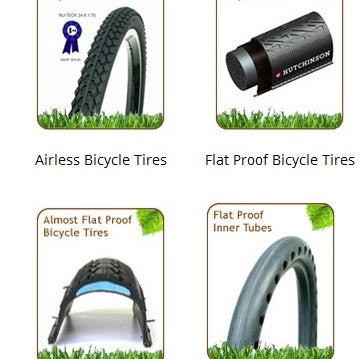 In inches, these are 1.5", 1.75" and 2.0", respectively. Models designed for 700C are 28mm, 32mm, 35mm, 38mm and 43mm wide.
In inches, these are 1.5", 1.75" and 2.0", respectively. Models designed for 700C are 28mm, 32mm, 35mm, 38mm and 43mm wide.
GravelKing SK (Semi Knob) shown just above now available in 29x2.1". Claimed weight is 680 grams. Both tires come with black or brown sidewall color (in all sizes).
The only truly new tire on display at Schwalbe's booth was a wider 700x32mm version of their road bike Pro One tubed tire. offers a top racing tire for those who still use tubes.0003
A range of new products were on display at the show, including the G-One R Gravel Race. Perfect for those cases when the cross-country tire can no longer cope, and all-mountain or enduro treads are too much.
The Nobby Nic is now available in 2.4" and sits in between the more racing 2.2" and fat versions (Plus) that were already available in the brand's lineup.
Michelin lineup was also shown but nothing new here.